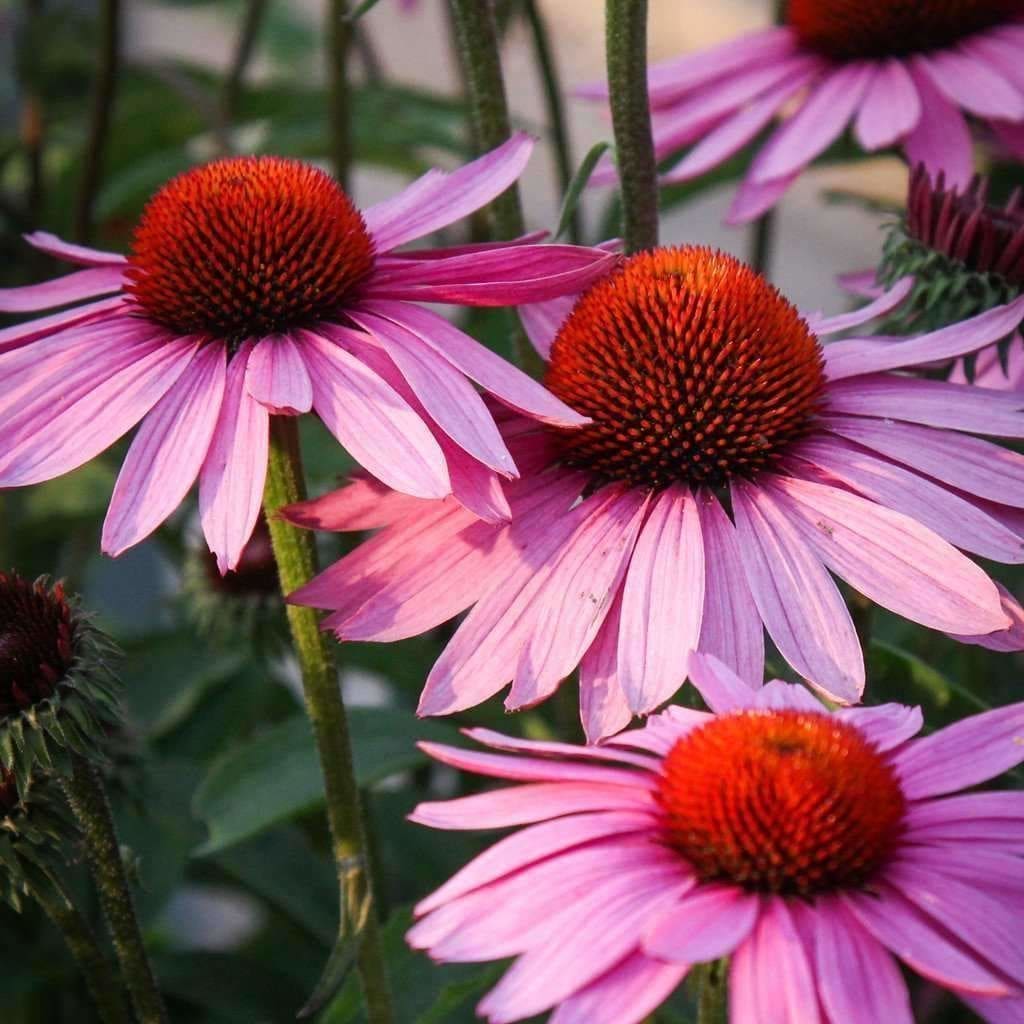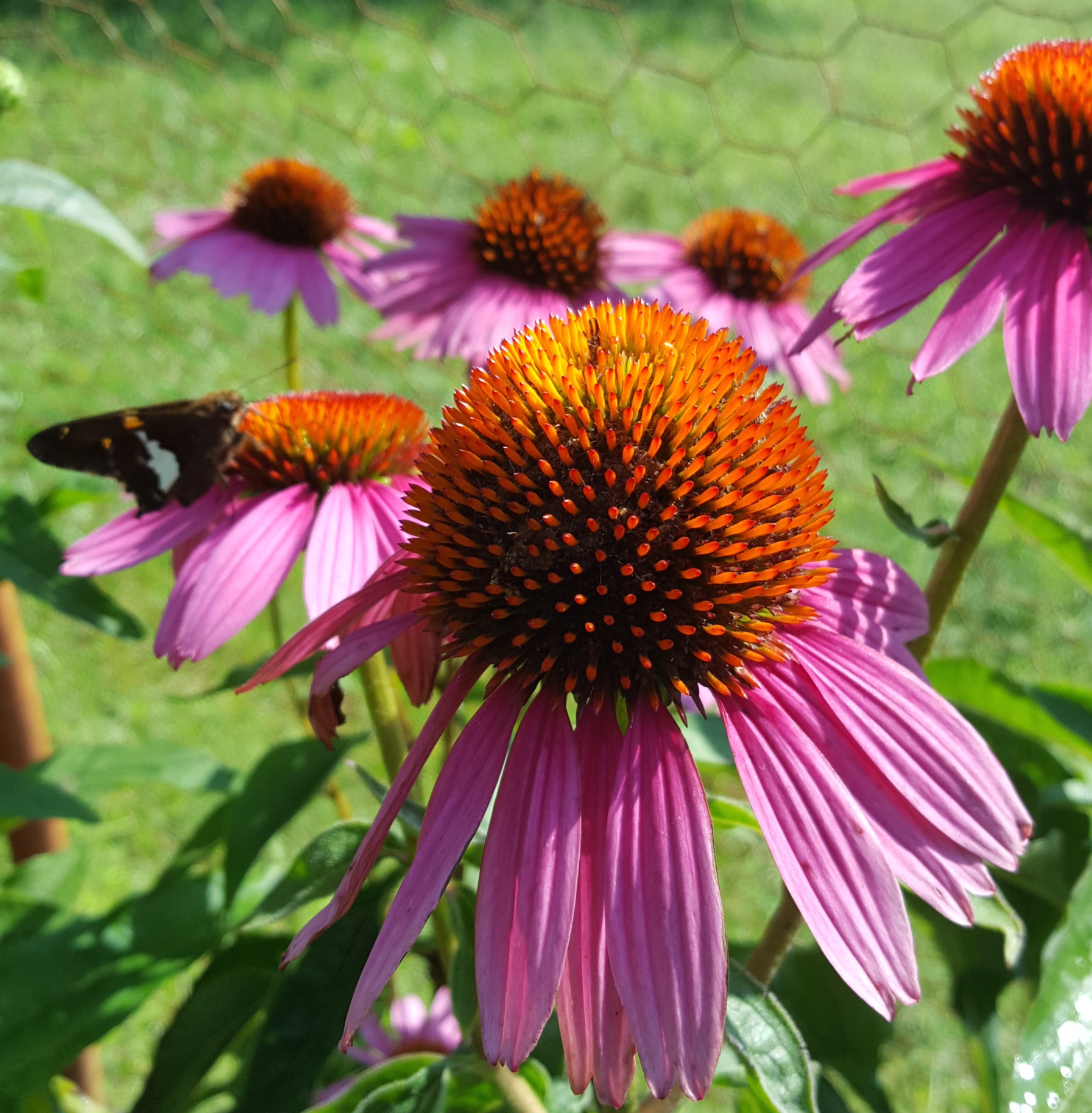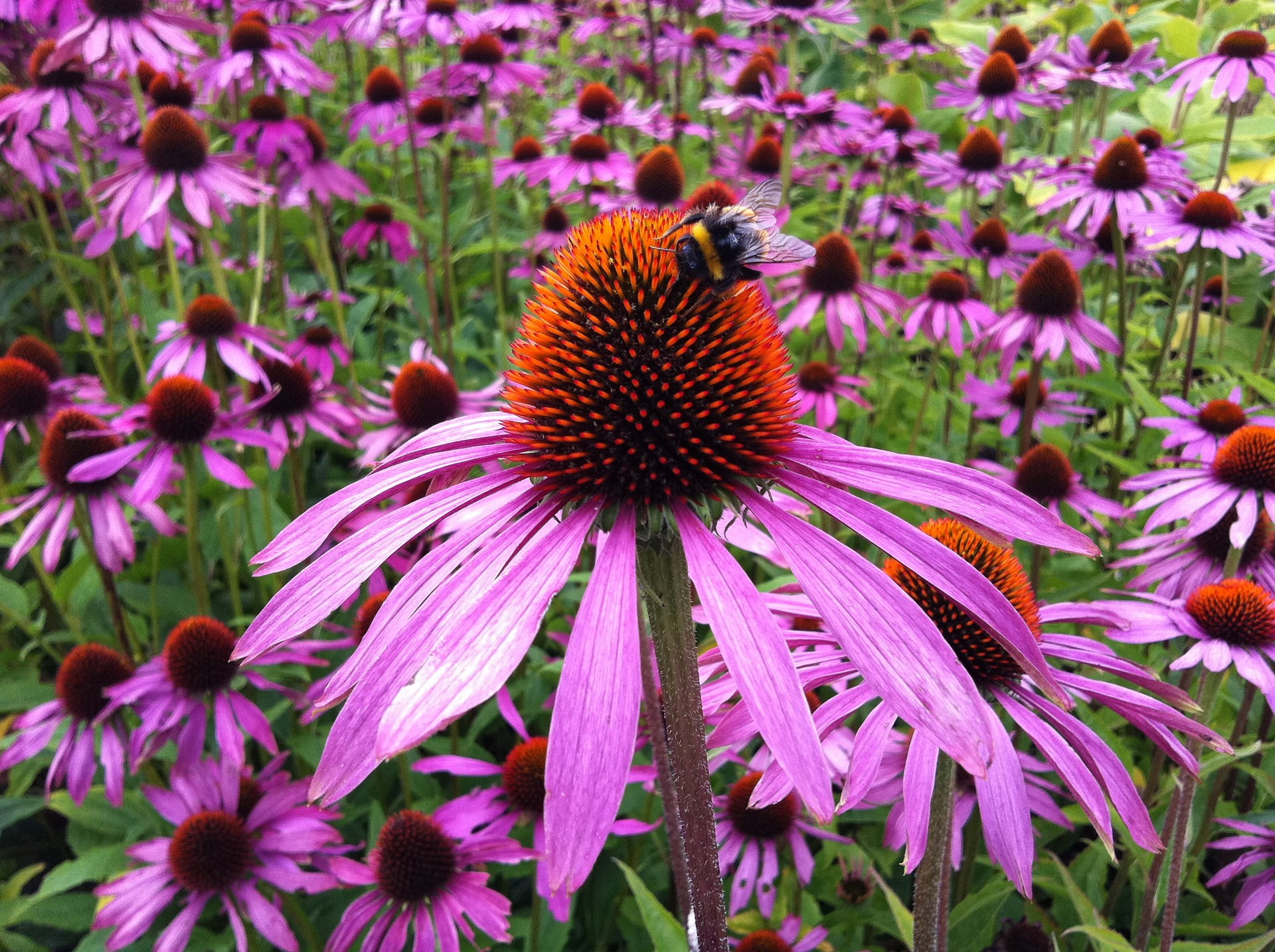


pallida, has narrower very drooping rays 3 to 4 mm wide and very long and with long thin leaves, and flower stalks with hair. Another scientific name - Brauneria purpurea - came into use in 1894 by Nathenial Lord Britton but has not been accepted.Ĭomparison: The Pale Purple Coneflower, E. He amended the plant name to the current name in 1794. His work was amended by ‘Moench’- which is for Conrad Moench, (1744-1805), German botanist, Professor of Botany at Marburg, author of Methodus Plantas hirti botanici et agri Marburgensis, and who named the genus Echinacea. He originally named the plant Rudbeckia purpurea in 1753. The author names for the plant classification are: First to classify was ('L.') - which refers to Carl Linnaeus (1707-1778), Swedish botanist and the developer of the binomial nomenclature of modern taxonomy. The species, purpurea, is also Greek, meaning "purple". Names: The genus name, Echinacea, is from the Greek word echinos, a hedgehog, and alludes to the prickly central disc of these flowers. One must carefully search if you want a true native. The many cultivars of Purple Coneflower available in the nursery trade are derived from this species and marketed with the scientific name but will differ from native forms in color, shape, height and growing requirements. This is the only species of Echinacea in North America that has fibrous roots.
#PURPLE CONEFLOWER ECHINACEA PURPUREA FULL#
Habitat: Purple Coneflower grows from a fibrous root system, with a woody caudex and does best in loamy soils, full sun to partial shade, and mesic to moist conditions. (photo below) Seeds germinate without needing cold stratification but if stored they should be held in cold dry storage. Seed: Fertilized disc florets produce an off-white to grayish dry cypsela, 3.5 to 5 mm long, pyramidal in shape, bluntly concave on the wide end, usually smooth surfaced.
#PURPLE CONEFLOWER ECHINACEA PURPUREA SERIES#
The outer head of the flower has a series of green floral bracts (phyllaries) that are narrow and pointed, hairy, and recurve from the head when it is in flower. The central disc, while hemispheric, is flattened on top prior to the inner florets opening and seed formation beginning, then a dome shape forms. The disc florets have 5 stamens which tightly surround the single style, which are exserted from the floret when it opens. The disc florets are bisexual and fertile and have tubular corollas with lobes that vary from greenish to pink to purple. The rays vary on different plants from pink to purple. The ray florets number 10 to 20 with sparse hair on the underside of the ray and are neuter as to sex. The flower is a composite head, 2 1/2 to 4 inches wide with reddish purple spreading to slightly drooping rays, each 1/4 to 1/3 inch (6 to 10 mm) wide, and a very bristly central disc. The floral array is an individual flower head on a tall smooth stalk atop the stem. Stalks are very long on basal leaves, shorter on upper stem leaves and all are winged. Upper stem leaves are shorter and can have teeth. The longer lower basal leaves being 5x as long as wide and usually with entire margins and in Spring a clump of basal leaves is put up by the roots.


The leaves have a few teeth and hairy on both sides, lanceolate in shape, with pointed tips. Vine weevils may feed on roots.Eastern Purple Coneflower is an introduced (native in some areas of North America - see below) erect perennial forb growing 2 to 5 feet in height on stems that usually do not branch and are green to brownish-green with some purple streaks and a few hair. ProblemsLeaf miners, powdery mildew, bacterial spots, and gray mold. Take root cuttings from autumn to early winter. Divide clumps in spring every 3 to 4 years. It is tolerant of drought, heat, humidity, and poor soils. Cut back stems to promote more flowering and reduce excessive self-seeding. Noteworthy CharacteristicsMedicinal. Attracts butterflies, bees, and birds in winter if cones are left on plant.ĬareGrow in deep, well-drained soil in full sun. Because of its carefree performance, this native meadow perennial with daisy-like flowers appropriately inhabits the gardens of many. It blooms from midsummer into early autumn, with prominent, copper-orange central cones surrounded by rose-purple, ray petals (to 5 inches across).


 0 kommentar(er)
0 kommentar(er)
